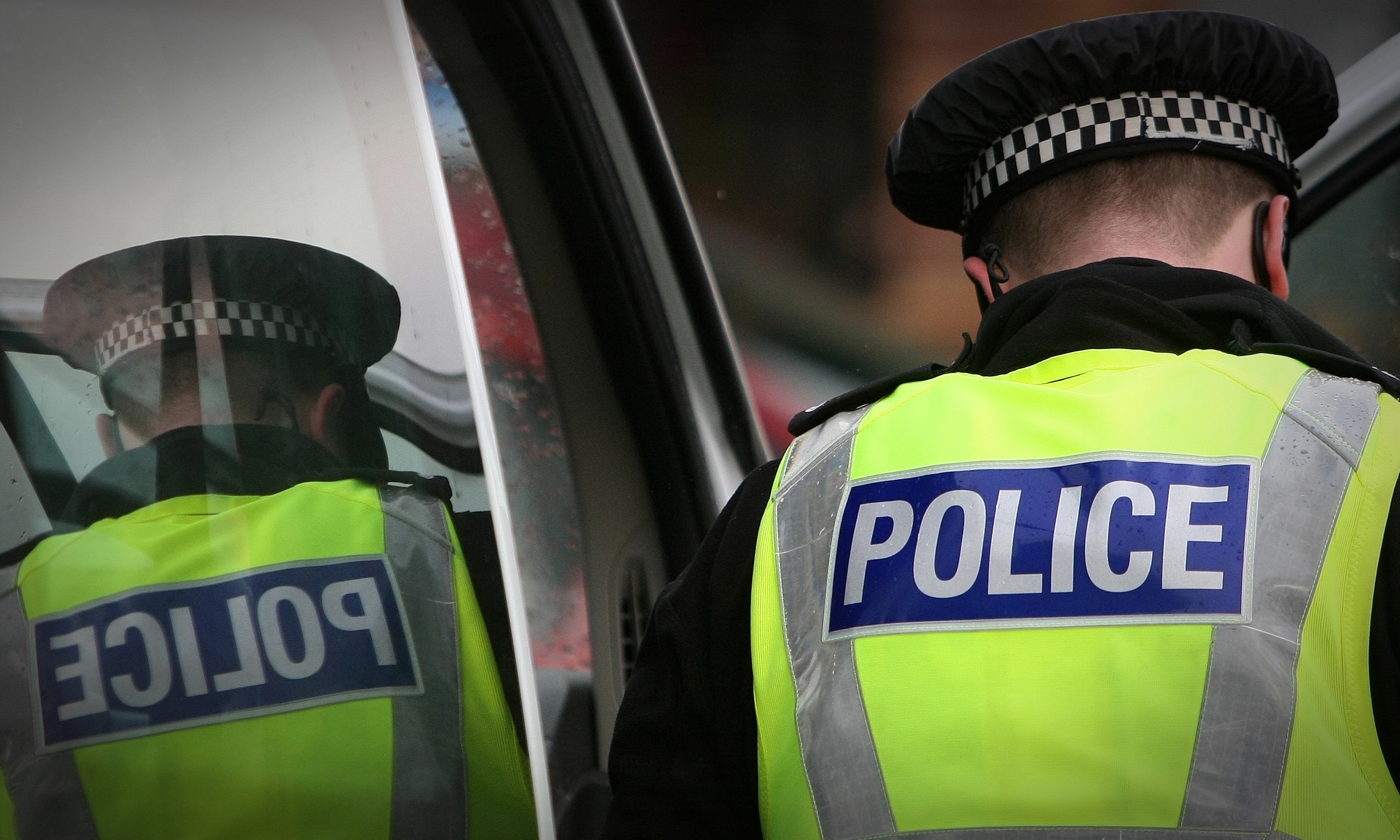The number of young children reported missing surged during the pandemic after they had missed weeks of school.
Between April and November 151 youngsters aged under 10 went missing – a third more than the 115 who vanished during the same period last year.
During August cases more than tripled, with police asked to look for 25 young children compared with eight in August 2019.
Parents group UsForThem speculated that distress caused by coronavirus restrictions may have resulted in children running away and urged the Scottish Government to consider the impact on vulnerable youngsters of keeping schools closed.
…we need to be open to the possibility that lockdown caused this increase in very young people running away.”
Jo Bisset, UsForThem Scotland
Organiser Jo Bisset said: “Clearly lockdown restrictions made life incredibly tough for young people, particularly those who are vulnerable or from deprived areas.
“It’s impossible to say for sure, but we need to be open to the possibility that lockdown caused this increase in very young people running away.”
While fewer young children were reported missing in April and May, the first two full months after schools closed in March, reports increased from June.
In August and September together there were 56 reports of missing kids under the age of 10, three times as many as the 19 recorded in the same two months a year earlier.
Conversely, the number of youngsters aged 10 to 19 reported missing declined during the pandemic to 5,541 between April and November from 6,445 during the nine months of 2019.
Schools closed
While schools in Tayside and Fife will reopen on January 7 for the most vulnerable children and children of key workers, they will remain closed to all other children until at least January 18.
Remote learning will be delivered from January 11 and may continue if the Scottish Government decides the threat from rising infection levels and a new Covid-19 variant is too great for pupils to return to classes.
Ms Bisset said: “We would urge ministers to look at these statistics in relation to children aged nine and under and reflect on the further difficulties closing schools may cause.
“Keeping schools open normally is the best way to ensure children, especially vulnerable ones, can access education, support and as normal a way of life as possible through this very challenging period.”
What does the government say?
A Scottish Government spokesman said: “We know the crucial health, wellbeing and educational benefits of children and young people being in school, especially for vulnerable children.
“Guidance was issued on December 21 regarding the detailed arrangements for schools after the festive break. It provides clarity for learning arrangements through to Friday, January 15.
“From Monday, January 18 onwards, our current planning assumption is that schools will be open to all pupils for in-person teaching and learning as normal.
“However, this will be subject to an assessment of the state of the pandemic in Scotland and any further developments with regard to the new variant in the new year.”
When are children reported missing?
There are various circumstances where a child can be reported to police as missing, including custody disputes, and often they are returned home in a matter of hours.
Figures broken down by age were only available from April 2019, when reporting procedures changed to bring all police divisions in line.
Commenting on the figures, Chief Inspector Colin Convery, of Police Scotland’s National Missing Persons Unit, said: “Police Scotland responds to thousands of missing person reports every year – in 2019, it was in excess of 17,000.
“Many of those reported missing are children and young people, however, the vast majority are found or return, safe and well, soon after being reported missing.
“People go missing for a multitude of reasons. We work, proactively, with partner organisations locally and nationally to try to help anyone who feels leaving is their only option, and to protect people who may be vulnerable.
“We never underestimate the impact such cases have, both on those who are missing and their families and loved ones, and the support of communities is vital in helping us trace missing persons.”










